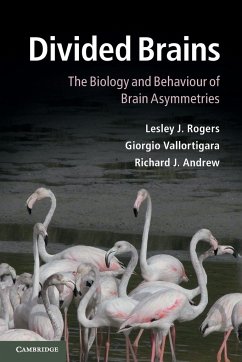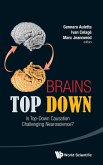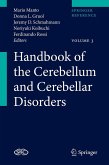Asymmetry of the brain and behaviour (lateralization) has traditionally been considered unique to humans. However, research has shown that this phenomenon is widespread throughout the vertebrate kingdom and found even in some invertebrate species. A similar basic plan of organisation exists across vertebrates. Summarising the evidence and highlighting research from the last twenty years, the authors discuss lateralization from four perspectives - function, evolution, development and causation - covering a wide range of animals, including humans. The evolution of lateralization is traced from our earliest ancestors, through fish and reptiles to birds and mammals. The benefits of having a divided brain are discussed, as well as the influence of experience on its development. A final chapter discusses outstanding problems and areas for further investigation. Experts in this field, the authors present the latest scientific knowledge clearly and engagingly, making this a valuable toolfor anyone interested in the biology and behaviour of brain asymmetries.
Hinweis: Dieser Artikel kann nur an eine deutsche Lieferadresse ausgeliefert werden.
Hinweis: Dieser Artikel kann nur an eine deutsche Lieferadresse ausgeliefert werden.
'This fascinating book has been written by three experts in the field. The different roles played by the two sides of the brain were thought to be a uniquely human characteristic, but the authors show that such lateralisation has ancient origins in biological evolution. They have written a superb book which I shall use as an invaluable source for years to come.' Professor Sir Patrick Bateson, University of Cambridge, and co-author of Plasticity, Robustness, Development and Evolution








